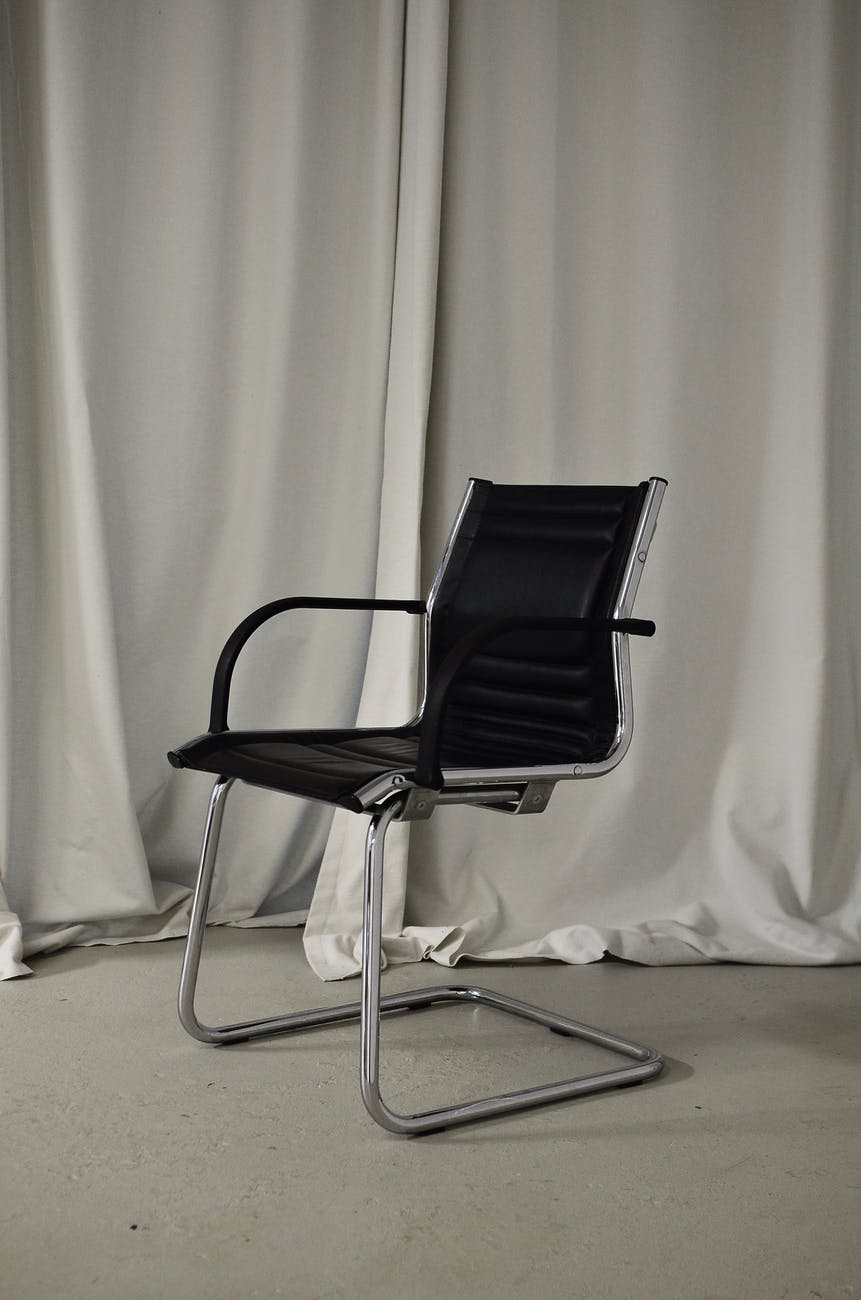There was a really interesting feature in yesterday’s Protocol Sourcecode newsletter about a ‘flattening’ taking place as home offices become more professionalised while conferences rooms are becoming more virtualised to facilitate hybrid meetings. It makes the important observation that firms like Zoom are starting to pivot into this space in anticipation of hybrid offices becoming the norm with important ramifications for the whole range of analogue working tools which currently exist within them:
Zoom and Poly have both built software that can isolate individual people in a room, and bring them into a video chat as rectangles on a screen just like everybody else. Right now, “if you have 10 people in a meeting on Zoom, everyone’s head is the same size,” Zoom CIO Harry Moseley told me. That kind of “normalization of people,” he says, is really useful, and should carry over even when a few people can be together again.
Poly, meanwhile, is launching new cameras and soundbars for home offices. Because your MacBook webcam and AirPods won’t trick anyone into thinking you’re sitting across the table from them. “We have to figure out how to not treat the remote participant as the second-class citizen,” said Poly VP Beau Wilder, “which, if we’re honest, has been the case for the last five years.”
https://www.protocol.com/

